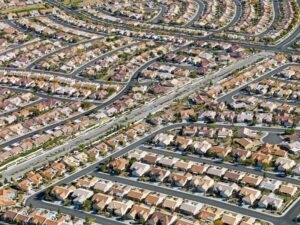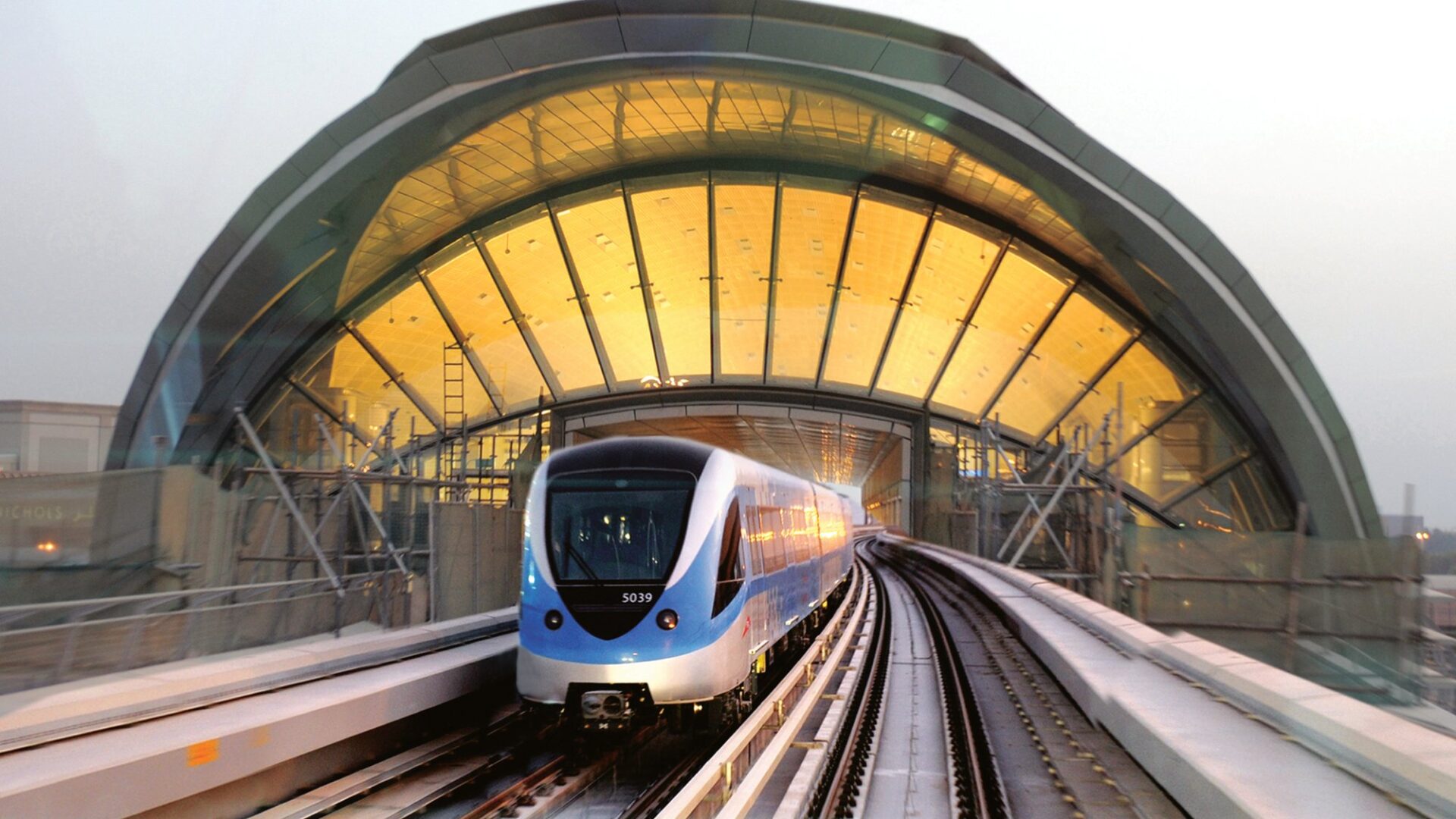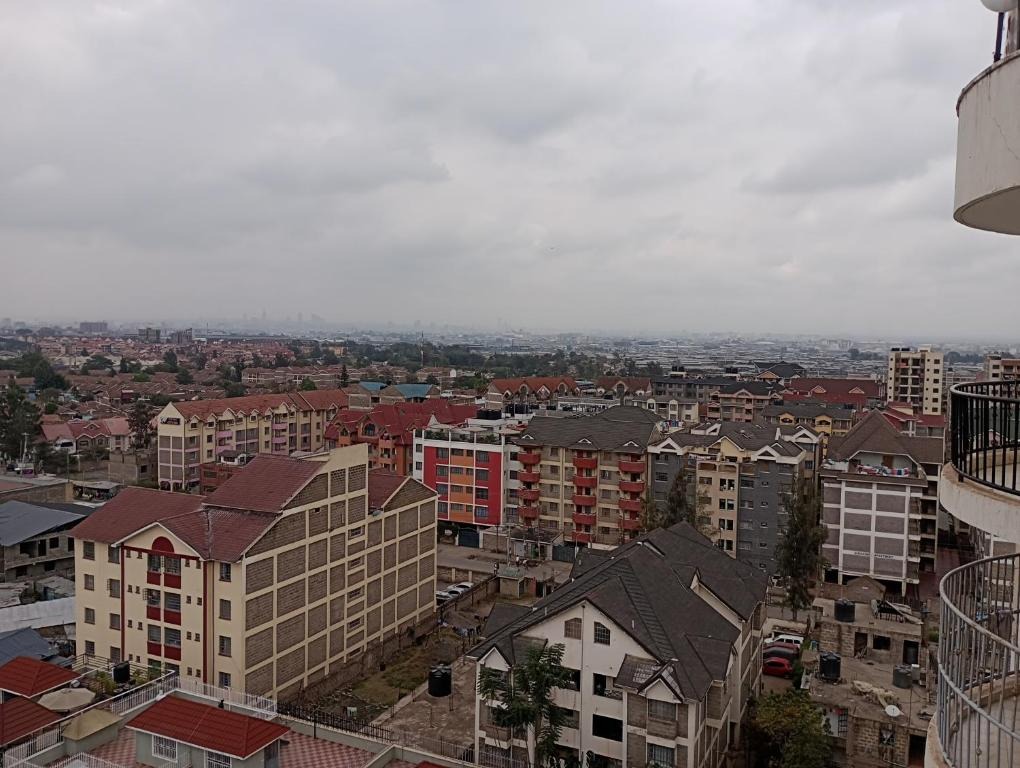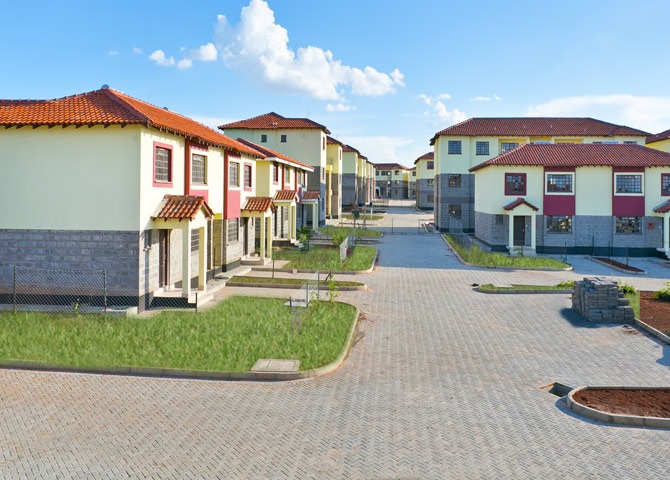
Transportation infrastructure projects have long been recognized as catalysts for economic development and urban growth. From highways and bridges to railways and public transit systems, these projects play a pivotal role in shaping cities and regions. One of the most significant effects of transportation infrastructure is its impact on property values and accessibility. This article explores how these projects influence real estate markets, enhance accessibility, and transform urban landscapes.
The Relationship Between Infrastructure and Property Values

The relationship between transportation infrastructure and property values is well-documented. Improved accessibility and reduced travel times make areas more attractive to both residents and businesses, driving demand for real estate. This increased demand typically leads to higher property values. However, the extent of this impact can vary based on several factors, including the type of infrastructure, the existing condition of the area, and the overall economic environment.
Highways and Regional Connectivity

Highways and major roadways are essential for regional connectivity, facilitating the movement of goods and people. While the construction of highways can lead to increased property values in suburban and exurban areas, the impact on urban neighborhoods can be mixed. Properties with easy access to highways often see value appreciation due to the convenience offered for commuting and transportation. Conversely, properties adjacent to busy highways might experience negative effects due to noise, pollution, and increased traffic.
The construction of ring roads and bypasses can also shift traffic patterns, redistributing economic activity and influencing property values in various parts of a city. Areas that gain improved connectivity may experience a surge in development and rising property values, while areas bypassed by new routes might see stagnation or decline.
Railways and Long-Distance Travel
Railways, including commuter and high-speed rail systems, offer significant advantages for long-distance travel and regional development. Properties near railway stations, especially those on high-speed rail lines, often experience increased demand and rising values. The ability to travel quickly between cities or regions makes these areas attractive for both residential and commercial investment.
High-speed rail projects, in particular, have the potential to transform regional economies by creating new growth corridors. These projects can stimulate development in smaller cities and towns by making them more accessible to major urban centers, thereby spreading economic benefits more evenly across regions.
Airports and Global Connectivity
Airports are critical nodes in the global transportation network, and their presence can significantly impact property values. Proximity to an airport can be a double-edged sword; while it provides excellent connectivity for international and domestic travel, noise pollution and traffic congestion can negatively affect nearby properties.
However, well-planned airport infrastructure, combined with effective noise mitigation measures and surrounding commercial development, can enhance property values. The development of airport cities, or “aerotropolises,” exemplifies this trend, where integrated logistics, commercial, and residential areas capitalize on the connectivity offered by major airports.
Accessibility and Economic Opportunities
Transportation infrastructure projects enhance accessibility, which in turn opens up new economic opportunities. Improved accessibility reduces travel times, lowers transportation costs, and expands the labor market by allowing people to live further from their workplace without increasing their commute time excessively.
Businesses benefit from better accessibility through increased customer reach and more efficient supply chains. Similarly, logistics and distribution centers benefit from proximity to highways and airports, ensuring faster and more reliable delivery of goods.
Challenges and Considerations
While the benefits of transportation infrastructure projects are clear, several challenges and considerations must be addressed. Infrastructure development can lead to displacement and gentrification, particularly in low-income neighborhoods. Rising property values can result in higher rents and property taxes, potentially displacing long-term residents and altering the community fabric.
Environmental impacts are another critical consideration. Large-scale infrastructure projects can disrupt ecosystems, contribute to pollution, and increase carbon emissions. Therefore, it is essential to integrate sustainable practices and environmental impact assessments into the planning and implementation of these projects.
Moreover, the financial costs of infrastructure projects are substantial. Governments must balance the need for improved transportation with budget constraints and prioritize projects that offer the greatest public benefit.
Future Trends and Innovations
The future of transportation infrastructure is poised for exciting developments driven by technology and innovation. Smart transportation systems, autonomous vehicles, and advanced rail technologies promise to enhance connectivity and efficiency. Additionally, sustainable infrastructure practices, such as green highways and energy-efficient transit systems, are becoming increasingly important.
Conclusion

Transportation infrastructure projects have a profound impact on property values and accessibility, shaping the development and growth of urban and regional areas. By improving connectivity and reducing travel times, these projects enhance the attractiveness of properties, stimulate economic activity, and create new opportunities. However, careful planning and consideration of social, environmental, and financial factors are essential to ensure that these benefits are realized equitably and sustainably. As technology and innovation continue to evolve, the future of transportation infrastructure holds great promise for building more connected, prosperous, and resilient communities.







